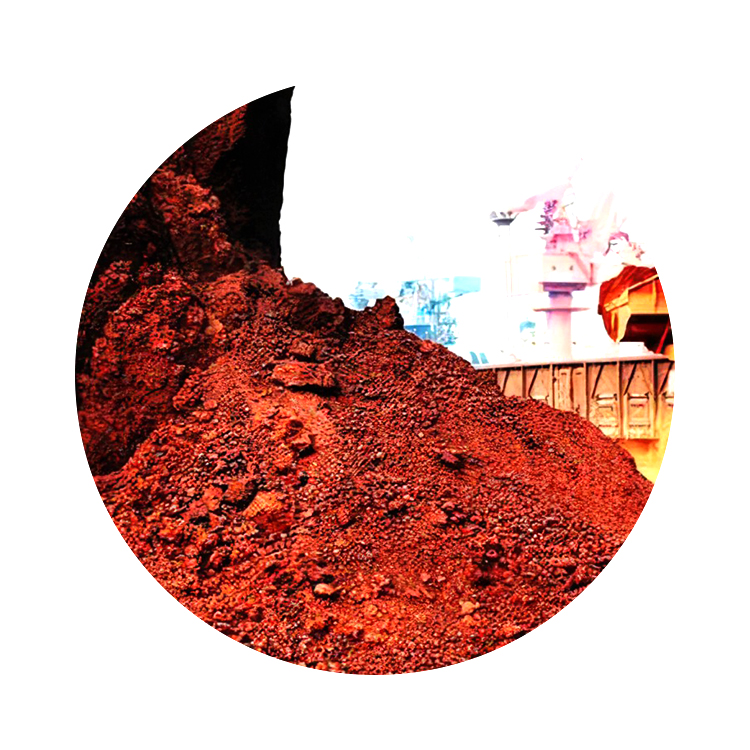服务热线:00852-30780812
Rare earths are the lanthanides in the periodic table of the chemical elements - lanthanum (La), cerium (Ce), praseodymium (Pr), neodymium (Nd), promethium (Pm), samarium (Sm), europium (Eu), gadolinium (Gd), terbium (Tb), dysprosium (Dy), holmium (Ho), erbium (Er), thulium (Tm), ytterbium (Yb), lutetium (Lu), and 15 elements in the lanthanide family A total of 17 elements, closely related to two elements - scandium (Sc) and yttrium (Y), are known as the rare earth elements (Rare Earth). They are referred to as Rare Earths (RE or R).
I. Classification of rare earths
1) Light rare earths (also known as the cerium group): lanthanum, cerium, praseodymium, neodymium, promethium, samarium, europium and gadolinium.
(2) Heavy rare earths (also known as yttrium group): terbium, dysprosium, holmium, erbium, thulium, ytterbium, lutetium, scandium, yttrium.
The difference between the cerium group and the yttrium group is due to the fact that the minerals are separated to obtain a mixture of rare earths, often with a large proportion of cerium or yttrium and the name.
The rare earth metals are also known as the rare earth elements (REEs), a generic term for the 17 elements of the scandium, yttrium and lanthanum families in Group IIIB of the periodic table, often expressed as R or RE. Their names and chemical symbols are scandium (Sc), yttrium (Y), lanthanum (La), cerium (Ce), praseodymium (Pr), neodymium (Nd), promethium (Pm), samarium (Sm), europium (Eu), gadolinium (Gd), terbium (Tb), dysprosium (Dy), holmium (Ho), erbium (Er), thulium (Tm), ytterbium (Yb) and lutetium (Lu). Their atomic numbers are 21 (Sc), 39 (Y), 57 (La) to 71 (Lu).
II. Origin of the name
The term rare earth is a name that is a historical legacy. Rare earth elements were discovered one after another from the end of the 18th century, when solid oxides insoluble in water were often referred to as earths. Rare earths are generally isolated in the oxide state and are rare, hence the name rare earths. Usually lanthanum, cerium, praseodymium, neodymium, promethium, samarium, europium called light rare earths or cerium group of rare earths; gadolinium, terbium, dysprosium, holmium, erbium, thulium, ytterbium, lutetium yttrium called heavy rare earths or yttrium group of rare earths. Some rare earth elements are also divided into three groups according to their physical and chemical similarities and differences, except for scandium (which is classified as a rare element in some cases), namely lanthanum, cerium, praseodymium, neodymium and promethium for the light rare earth group; samarium, europium, gadolinium, terbium and dysprosium for the medium rare earth group; and holmium, erbium, thulium, ytterbium, lutetium and yttrium for the heavy rare earth group.
The discovery of these rare earth elements, from the Finnish Gadolin (J. Gadolin) in 1794 to isolate the yttrium to the American Marinsky (J.A. Marinsky) in 1947, such as the production of promethium, it took more than 150 years. Most of these rare earth elements were discovered by a number of European mineralogists, chemists, metallurgists and others. Promethium was obtained by the Americans Marinsky, Glendenin (L.E. Glendenin) and Coryell (C.D. Coryell) using ion exchange separation in the rare earth elements of uranium fission products. Promethium was not thought to exist in nature until 1965, when traces of it were found in a Finnish phosphate plant during the treatment of apatite.
III. The properties and applications of rare earth elements
Most rare earth metals are paramagnetic. Gadolinium is more ferromagnetic than iron at 0°C. Terbium, dysprosium, holmium and erbium also exhibit ferromagnetism at low temperatures. The low melting points of lanthanum and cerium and the high vapour pressures of samarium, europium and ytterbium show that the physical properties of the rare earth metals are very different. The thermal neutron absorption cross section of samarium, europium and yttrium is even larger than that of cadmium and boron, which are widely used as control materials in nuclear reactors. The rare earth metals are malleable, with samarium and ytterbium being the best. Apart from ytterbium, the rare earths of the yttrium group have a higher hardness than the rare earths of the cerium group. The specific surface area of the rare earths is one of the most important parameters, with a range of 10-30m2/g (tested by the F-Sorb2400 automatic nitrogen adsorption surface area meter).
Rare earth metals have been widely used in electronics, petrochemicals, metallurgy, machinery, energy, light industry, environmental protection, agriculture and other fields. The application of rare earths can produce fluorescent materials, rare earth metal hydride battery materials, electric light source materials, permanent magnet materials, hydrogen storage materials, catalytic materials, precision ceramic materials, laser materials, superconducting materials, magnetostrictive materials, magneto-optical storage materials, optical fibre materials, etc.
In rare earth specific surface area studies and related data reports, only the results of the BET method are true and reliable, because the specific surface area determination standards developed at home and abroad are based on the BET test method. (GB.T 19587-2004) - Method for the determination of the specific surface area of solid substances by gas adsorption on the BET principle. There are special specific surface area testers for the determination of specific surface area, the more mature one in China is the dynamic nitrogen adsorption method. More importantly, the F-Sorb 2400 is the only fully automated and intelligent specific surface area analyzer in China, with high international consistency and stability of test results, as well as reduced human error and increased accuracy of test results.
